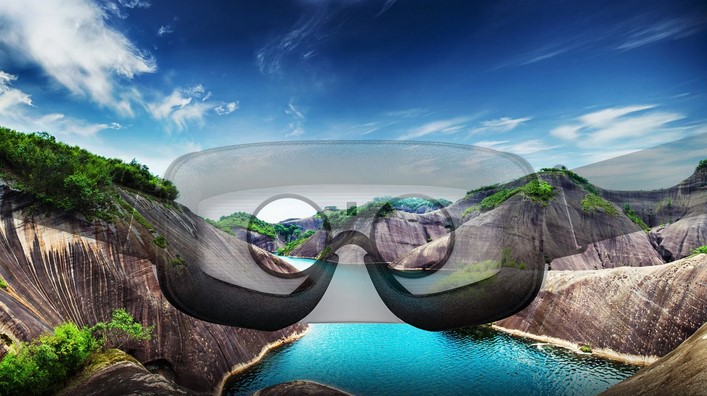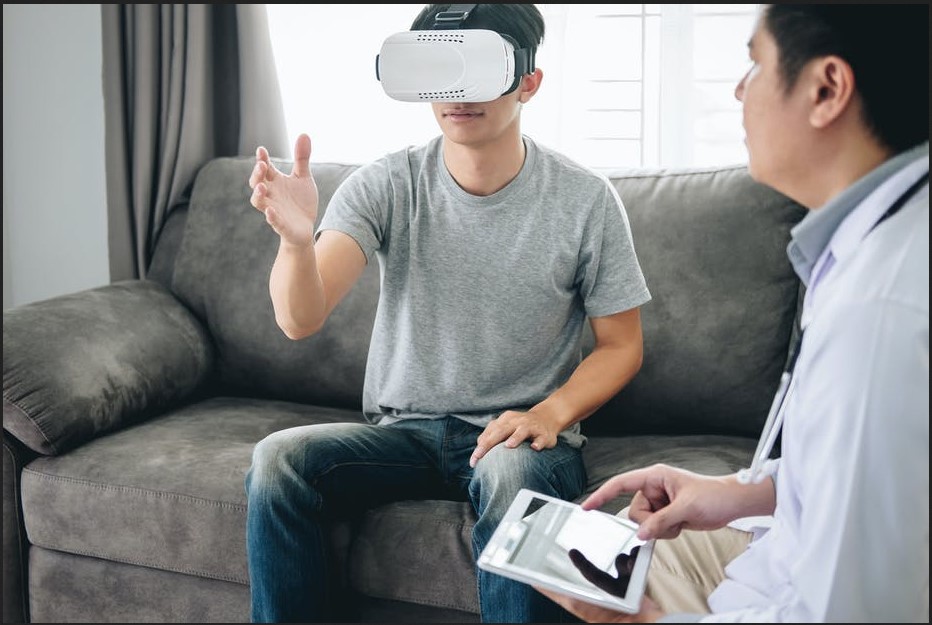 The world is full of awe-inspiring destinations, each offering unique cultures, landscapes, and experiences. However, due to time, budget, or physical limitations, not everyone can explore the globe in person. This is where the advent of VR travel apps comes into play. Virtual reality technology has evolved to such an extent that it now offers immersive travel experiences that transport users to some of the most famous landmarks, cities, and natural wonders around the world—all from the comfort of their home. Whether you’re looking to visit the bustling streets of Tokyo, explore the pyramids of Egypt, or wander through the rainforests of Costa Rica, VR travel apps provide a new way to satisfy your wanderlust. In this article, we’ll explore how these apps are reshaping travel, their features, and how they provide enriching global adventures without leaving your living room.
The world is full of awe-inspiring destinations, each offering unique cultures, landscapes, and experiences. However, due to time, budget, or physical limitations, not everyone can explore the globe in person. This is where the advent of VR travel apps comes into play. Virtual reality technology has evolved to such an extent that it now offers immersive travel experiences that transport users to some of the most famous landmarks, cities, and natural wonders around the world—all from the comfort of their home. Whether you’re looking to visit the bustling streets of Tokyo, explore the pyramids of Egypt, or wander through the rainforests of Costa Rica, VR travel apps provide a new way to satisfy your wanderlust. In this article, we’ll explore how these apps are reshaping travel, their features, and how they provide enriching global adventures without leaving your living room.
1. The Rise of VR Travel Apps
The travel industry has long been a space for exploration and discovery, but with the rise of VR travel apps, the way we experience the world has undergone a dramatic shift. These apps are designed to simulate real-world travel experiences through virtual reality, providing a fully immersive environment that mimics the sights and sounds of distant places.
a. How VR Travel Apps Work
VR travel apps work by using 360-degree videos, interactive elements, and spatial audio to create lifelike simulations. To experience these apps, users typically need a VR headset or can use mobile devices with VR compatibility. The virtual reality setup allows users to explore destinations in a way that standard video or images cannot achieve. As you move your head or swipe your screen, you can “look around” as though you were actually there, offering an unparalleled sense of presence. Some apps also include interactive elements, such as guided tours or informative overlays, to enhance the experience.
b. Wide Range of Destinations
One of the most exciting aspects of VR travel apps is the sheer variety of destinations they offer. From famous tourist spots like the Eiffel Tower in Paris or the Grand Canyon in Arizona to remote locations like the Arctic Circle or the Amazon Rainforest, VR travel apps give users access to a vast array of locations that would be difficult or impossible to visit in person. Some apps even provide access to historical landmarks that no longer exist in their original form, like ancient Rome or the lost city of Atlantis.
2. Key Features of VR Travel Apps
While the primary goal of VR travel apps is to offer immersive experiences, they come equipped with a range of features that enhance the overall adventure. Let’s take a look at some of the key functionalities that make these apps so engaging.
a. 360-Degree Exploration
One of the standout features of VR travel apps is their ability to let users explore destinations from every angle. Whether you’re exploring a tropical beach, a museum, or an ancient city, the 360-degree video and imagery make you feel as if you are physically present. This immersive element allows you to explore not only the main attractions but also lesser-known spots, such as hidden alleyways in Venice or quiet corners of bustling markets in Marrakech.
b. Guided Tours and Narration
Many VR travel apps offer guided tours, either with a human guide or via AI-powered narration, providing users with a deeper understanding of the destination. These tours often include historical facts, cultural insights, and fun anecdotes, making the experience educational as well as entertaining. For instance, a virtual tour of the Louvre might highlight famous artworks while explaining their historical context, enriching the user’s understanding of art and culture in a way that traditional media cannot.
c. Real-Time Weather and Dynamic Experiences
Some of the most advanced VR travel apps integrate real-time data to enhance the realism of the experience. For example, if you’re virtually visiting Tokyo during cherry blossom season, the app might simulate the view of blooming sakura trees. Similarly, dynamic weather simulations allow users to experience places under different conditions—whether it’s the sunny skies of a summer day or the misty atmosphere of a rainy morning. This adds a layer of immersion that makes the virtual journey feel even more authentic.
3. The Future of VR Travel Apps: Expanding Horizons
As VR technology continues to advance, so too will the capabilities of VR travel apps. In the future, we can expect these apps to offer even more interactive and personalized experiences, making virtual travel even more engaging and accessible.
a. Augmented Reality (AR) Integration
While VR offers an immersive experience, augmented reality (AR) could take it a step further. With AR, users could experience virtual travel by overlaying digital elements onto the real world. For example, you could walk around your living room while interacting with 3D holograms of famous landmarks. Combining VR and AR could create hybrid experiences where users have the freedom to explore both real and virtual worlds seamlessly, making their travel adventures more dynamic.
b. Social Integration and Shared Experiences
Another exciting development is the integration of social features, which could allow users to embark on VR travel adventures together, regardless of their physical locations. Imagine exploring the streets of Paris with friends, walking through ancient temples with family members, or attending virtual live events together—all while enjoying a shared experience in real-time. This social aspect could revolutionize how we think about travel, making it more accessible and enjoyable for groups, even if they’re continents apart.
c. Fully Customizable Journeys
The future of VR travel apps may also include more customized journeys. Instead of simply touring a set destination, users may be able to select specific aspects of the experience they want to focus on—whether it’s historical sites, culinary experiences, or nature-based adventures. With AI integration, the app could create a personalized virtual travel itinerary based on user preferences, offering a fully tailored experience that meets each individual’s interests.
The evolution of VR travel apps is changing how we explore the world. These apps offer a transformative way to experience global adventures without the need to travel physically. Whether you’re seeking to visit remote locations, learn about different cultures, or simply satisfy your curiosity, VR travel apps provide an exciting and accessible means of exploration. As technology continues to improve, the possibilities for virtual travel are endless, offering users the chance to create their own immersive global adventures. By embracing this new way of experiencing the world, we’re not just unlocking new destinations but also opening the doors to a future of limitless travel.

